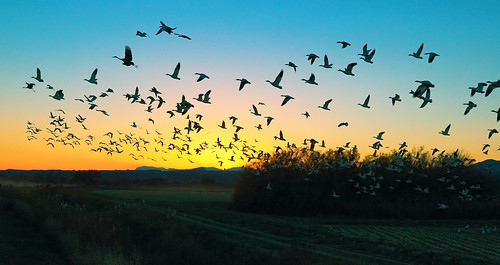
Magic Bosque Morn
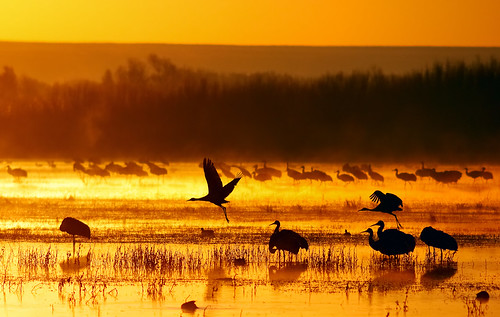
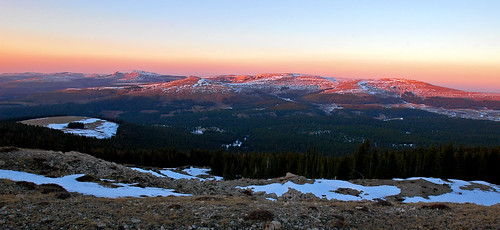
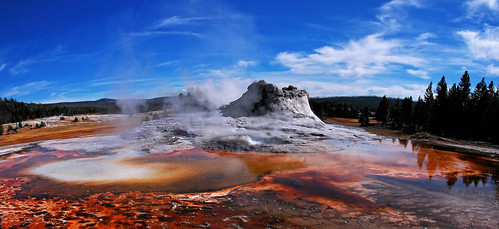
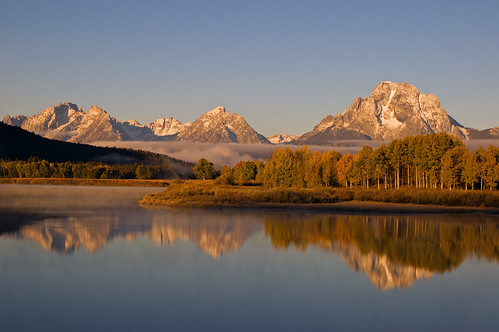
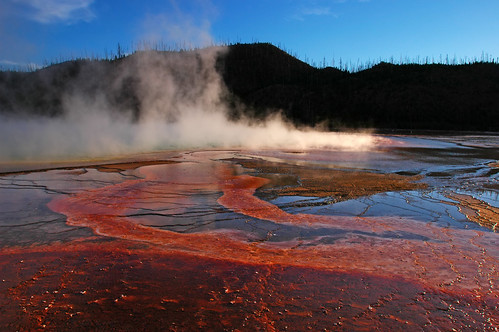
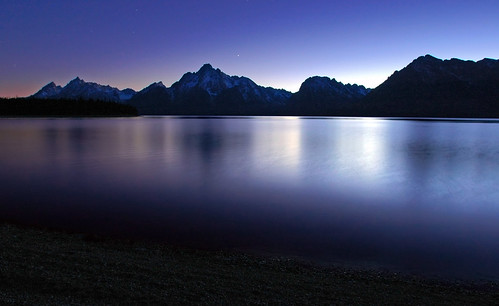
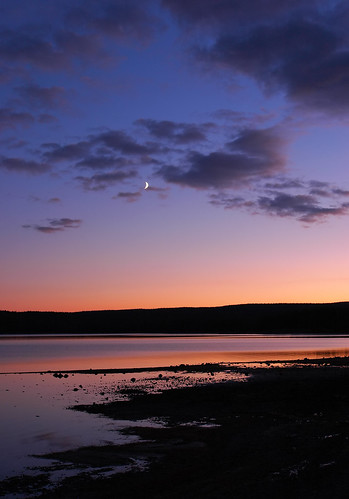
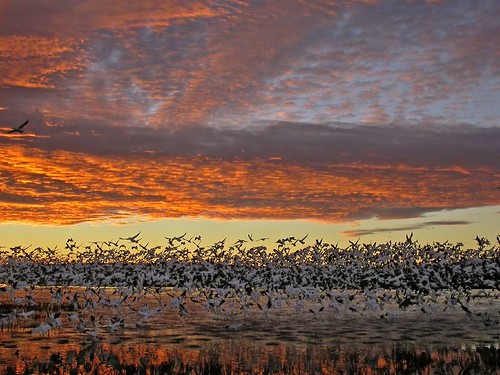
A Dog Day Cicada (Tibicen canicularis) finishing up a moult, looking straight of the set of the movie Aliens. Cicadas are fascinating insects, with the Magicicada variety famous for it's 13- and 17- year periodic life cycle.
You can see the abandoned skin under the insect. Cicadas are incredibly beautiful at this "just reborn" phase when their wings are still so fresh. Their singing was nice too.
Please do view large to see the best details (click on the image).
This photograph I took when I was doing fieldwork last year at the former Lowry Bombing Range east of Denver. It's been pretty popular on Flickr,so I thought might as well share it here.
The cat that has been with my wife and I since we met ten years ago died today. We found her coated in dog saliva with bits of white dog hair near her body. She was the greatest cat anyone can imagine and I have no words to express my sadness that she had to come to such an awful end. We have no kids, our cats are our family. We love you sweet soft Wickett.
I finally got the chance to test my new digital SLR (Nikon D70) out on some long-time exposures for star trails. The moon set really early on Saturday night and I was in a place with low light pollution. I was initially cynical that it wouldn't be worth it on a digital SLR, but surprisingly if you use the special long-time noise reduction tool you can get usable results!
Here's one that was a bit more than 10 minutes long from night before last up at my sister's land in southern Colorado looking towards the Wet Mountains. You can see the light from the Milky Way emanating from above the trees on the middle right into the night sky. Make sure to view it large, since the photo is so dark it's hard to see at this small size (click photo to view large).
Saturated colors that is. We went on a rafting trip this past weekend up on the Colorado River in the Gore Canyon area. We rafted 12 miles down the river and spent nearly that entire time in the rain. There were a few who were cold, but I really enjoyed the day and especially enjoyed the intense colors the diffuse cloud-lighting brought out.
Here is the Colorado River at the mouth of Upper Gore Canyon where the river quickly turns into world-class rapids upstream from here:
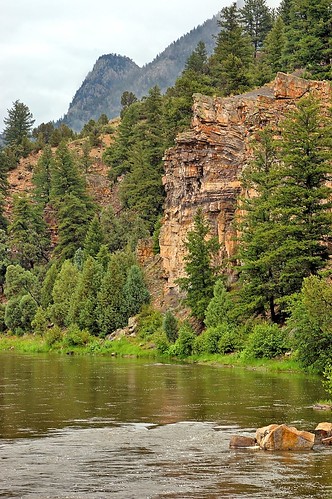
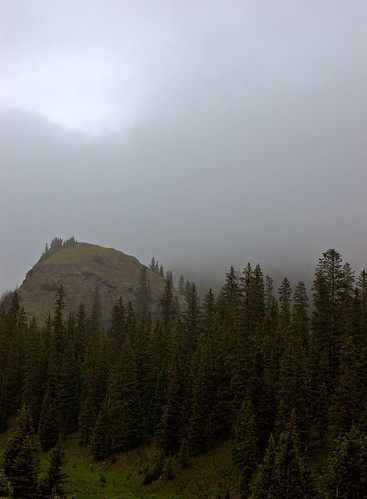
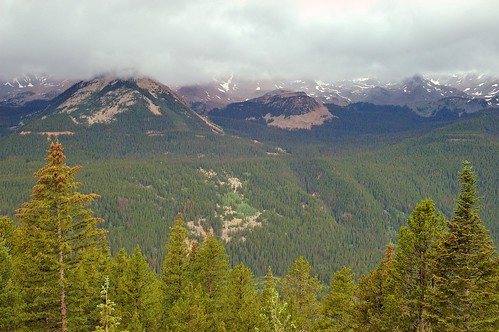
Just wanted to show off this photo that just won an icon of the day prize over on Flickr. Woot!
A morning scene at Bosque del Apache National Wildlife Refuge in New Mexico. This is just before the sun fully emerged. Bosque is easily one of the finest locations for bird photography I have been.
The source material for this montage was a photo I took of our Walla Walla Sweet Onions in the garden. I had a lot of fun making this, it made for a nice change of pace.
One of my favorite native wildflowers of Colorado with a little insect friend. The Monument Plant (Frasera speciosa) is an amazing plant, learn all about it here. A few quick factoids to underscore that point (from the link above):
Dr. David Inouye at the Rocky Mountain Biological Laboratory in Gothic, Colorado indicates that Monument Plant flowers only once in its lifetime of 20 to 80 years and then dies. It is thus called a monocarpic plant, i.e., one which grows many years, flowers once, then dies. They can reach heights of over six feet!
Dr. Inouye's research also shows that large numbers of Monument Plants flower every 2-4 years. When such a coordinated flowering occurs, dozens, or even hundreds of plants flower within a small area (often a sunny, grassy hillside). The 2003 blooming season was the most spectacular in at least the past 40 years. The 2005 blooming season almost equaled the 2003 season.
From first hand experience I would agree that they were very good years for viewing this great plant. One place to see them is just south of Tie Siding Wyoming on a dirt road that heads to Cherokee Park Road in Colorado. Can't think of the name of it, but pull up a map and you will find it, or send me a message and I will look it up!
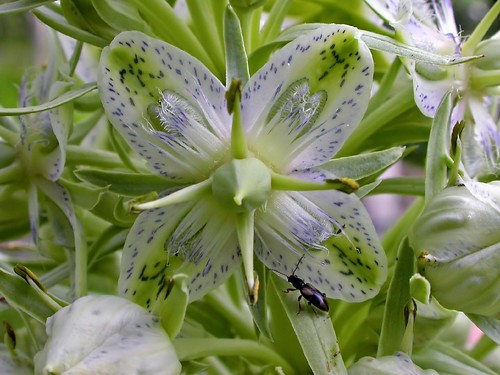
Can't... stop... posting... Great Blue Heron photos.
We went birding for Father's Day this morning over at Boyd Lake State Park in Loveland, Colorado. Great Blue Herons overfloweth.
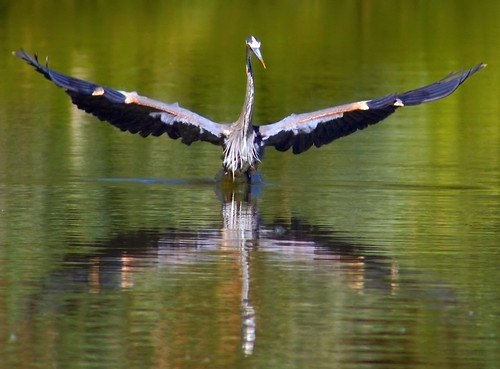
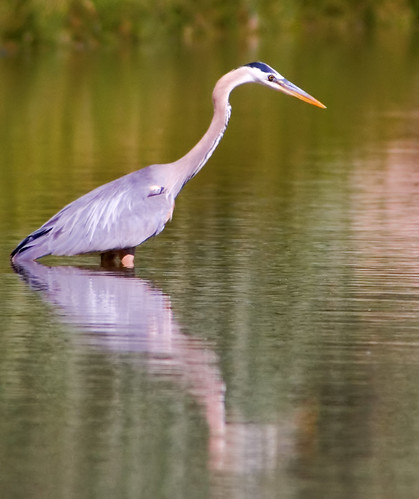
Black-Crowned Night Herons now have a productive rookery near where I grew up in Greeley, Colorado. The rookery is at Glenmere Park on an island in the middle of a lake. Previously the island had become a rundown rat-infested affair but after a community effort to clean it up the lake is now a premier birding stop in Greeley. Today I was in town to get count them TWO root canals done and decided to swing by the park why I recovered and see if I could get some shots. Here's a Black-Crowned Heron coming in for a landing:
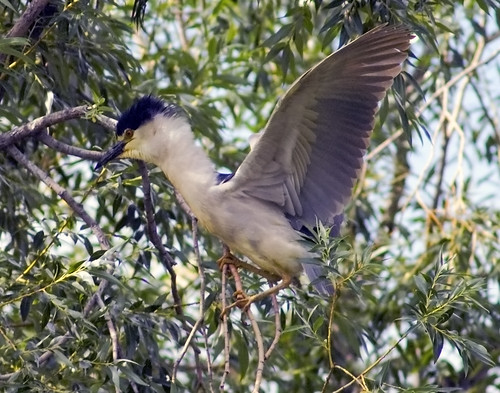
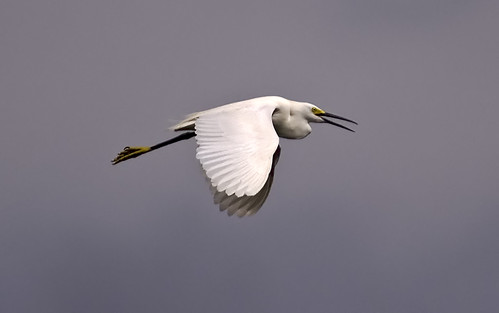
The North Fork of the Poudre River in the Laramie Foothills offers one of the last major unroaded canyons in Colorado. The Nature Conservancy has one of the most striking portions in the Phantom Canyon Preserve and upstream of their property the Colorado Division of Wildlife holds the land in the Turkey Roost section of the canyon. This area really is still a mostly unknown treasure of the Front Range of Colorado, and in my opinion one of the most beautiful landscapes we have. Thankfully, local groups have undertaken one of the most successful large-scale conservation projects in the urban corridor of Colorado, with the entire Laramie Foothills area clear out to the plains looking set to be protected for a long time to come.
This is where we headed for the holiday weekend and once there we saw virtually nobody the entire time, it was a great respite from the busy city daily grind. I barely touched the camera as we mostly sat around lounging playing board games and staring at the gorgeous scenery. But I had to take a few photos to share.
Here's a couple of the Turkey Roost area just as a major thunderstorm was moving in. Lucky for us we were on our way home just as it struck.
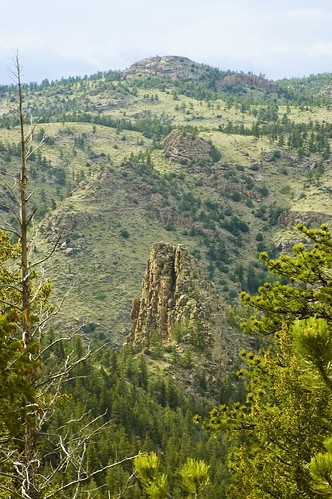

This next photograph features the view from our campsite just north of the area above.
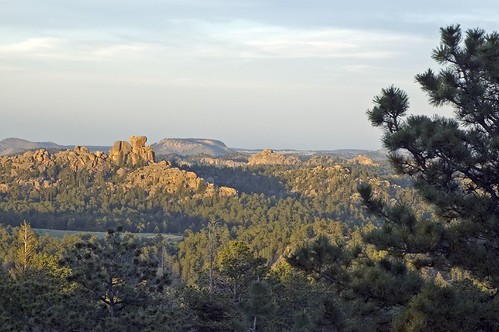
Here's a shot taken at twilight as we walked back to our campsite.
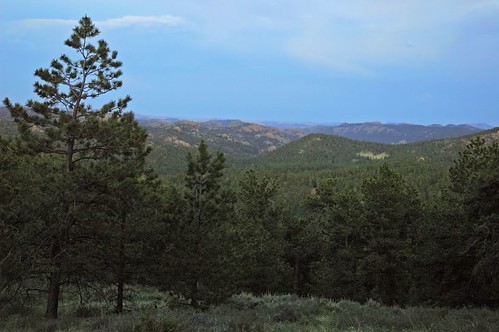
Bosque del Apache National Wildlife Refuge is world famous for its Snow Geese and Sandhill Cranes, but few know of it's extraordinary canyons. When I was looking through some photos I had taken in the area, I realized how these might be well-suited for some experimentation. Here's a view of one of Bosque's canyons done with an artificial infrared effect:
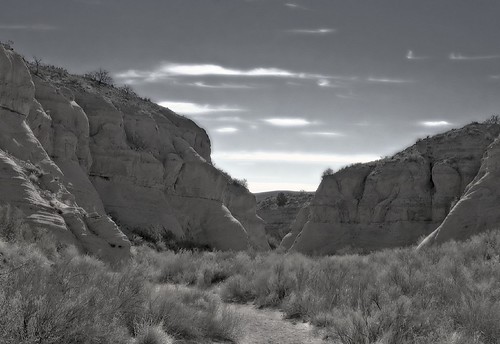
Here color gets thrown into a desert wind...
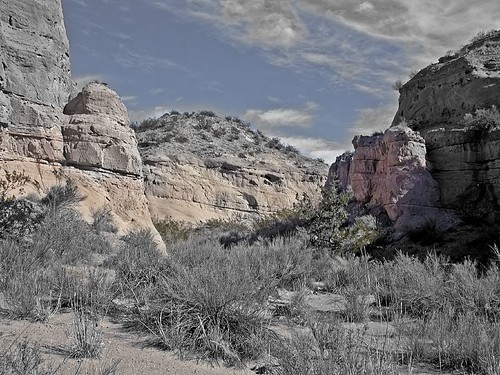
Based on the photographs I've posted here so far it would probably seem safe to assume I am a strictly nature photography kind of guy. However, we all know the dangers of the word assume.
In an effort to prove the maxim true, here is a surreal landscape that began life as a photograph I took of the Lake Michigan shoreline (make sure you click the picture to view a larger version, the small one here is lacking a lot of detail).
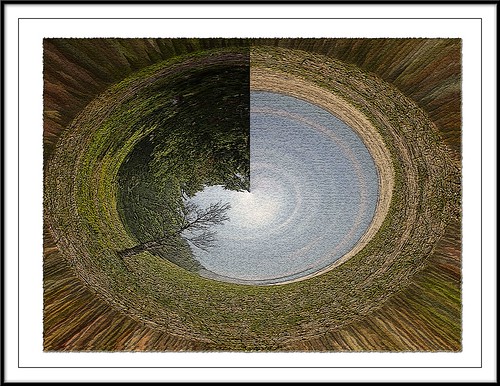


www.flickr.com
|